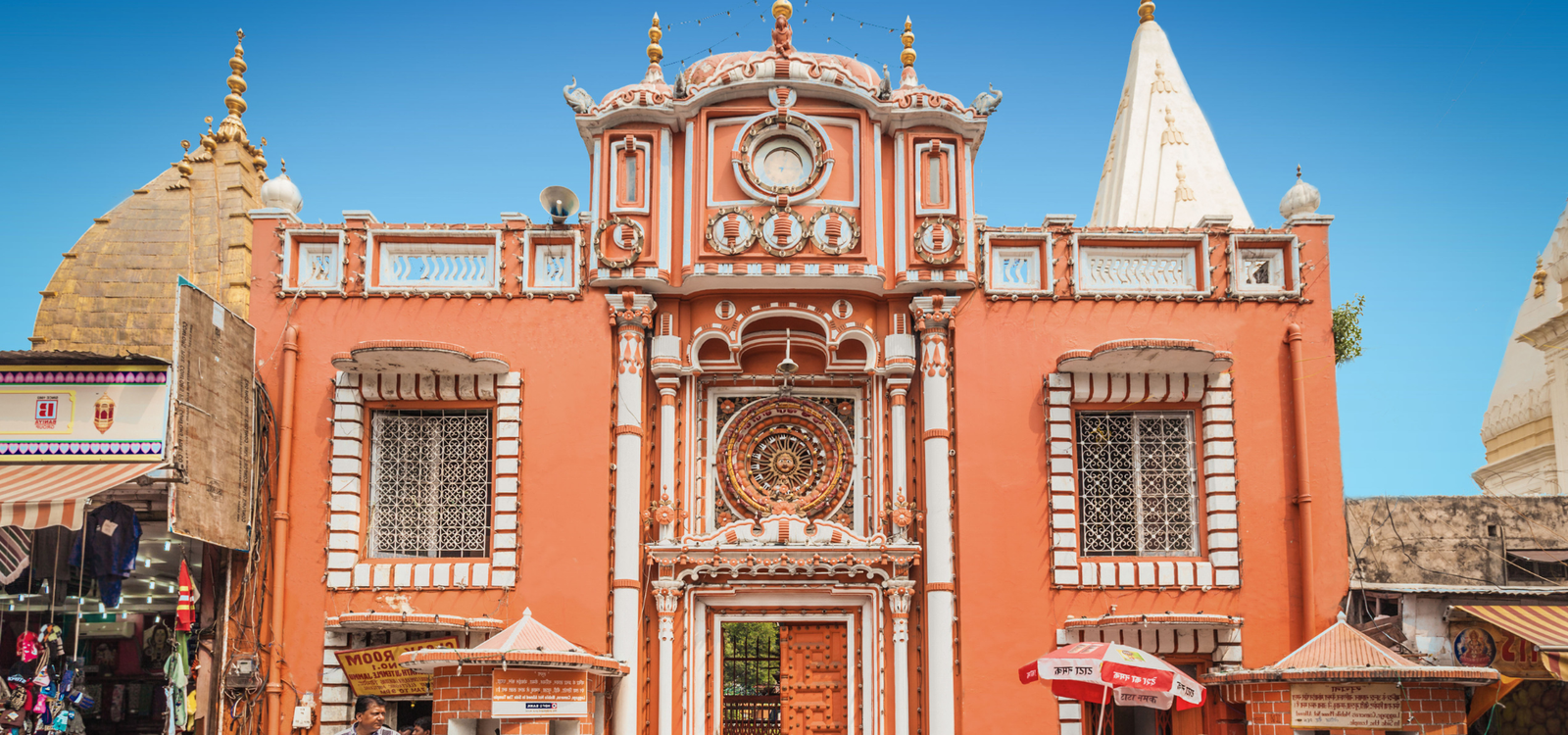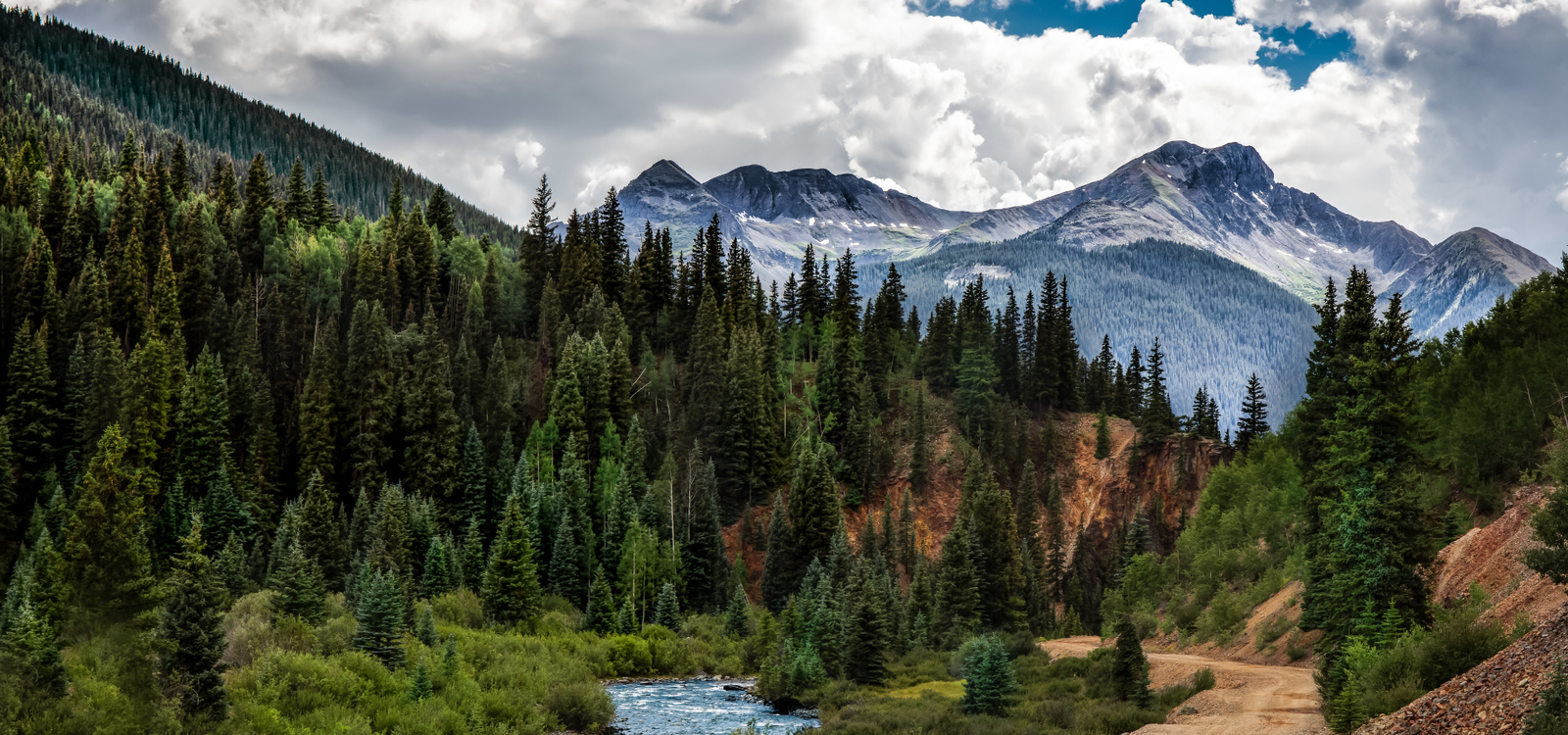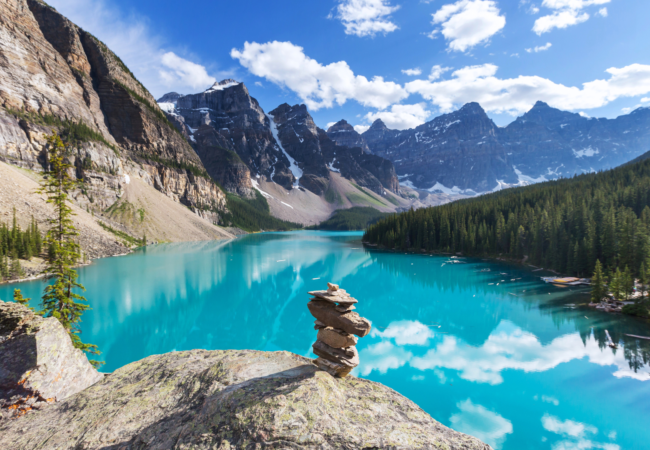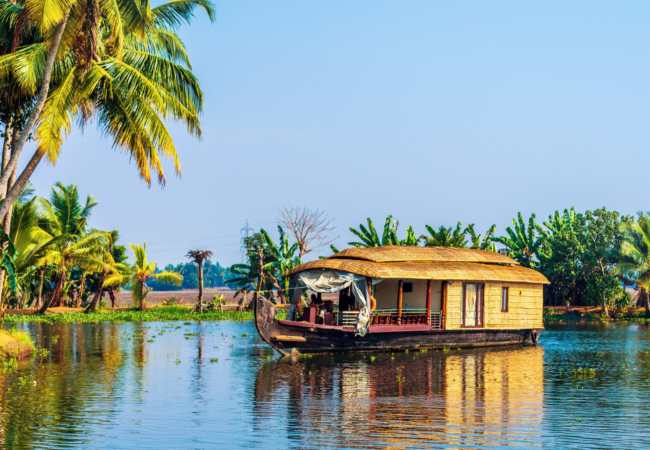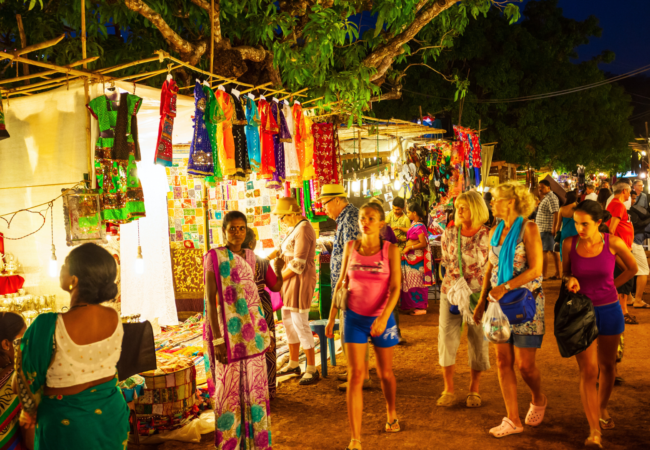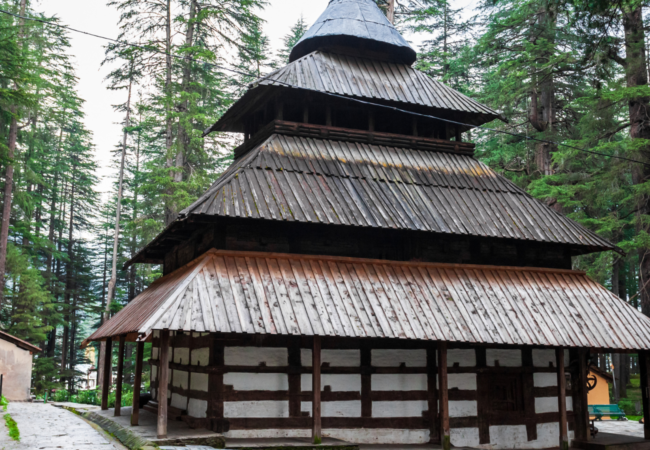Kullu: The Complete Travel Guide
Kullu is a beautiful valley in the Indian state of Himachal Pradesh, situated at an altitude of approximately 1,290 meters (4,230 feet) above sea level. Nestled among the Himalayan mountains, Kullu is commonly known as the “Valley of Gods” because of its landscape, cultural richness, and abundance of temples.

History of Kullu:
Kullu has a vibrant and interesting past that is directly connected with the ancient history of the region. The region has been part of the Kullu District of Himachal Pradesh, and its history stretches back to the Vedic age. As per myth, Kullu formed part of the Kullu Kingdom, which was governed by indigenous Rajputs. The kingdom had its headquarters in Naggar, which is a tourist attraction today.
Kullu has also traditionally been important for its religious and cultural heritage, with many temples dedicated to several deities, particularly Lord Raghunath (a manifestation of Lord Rama), the guardian deity of the valley. In the 17th century, Raja Jagat Singh of the Kullu Kingdom constructed the Raghunath Temple, which is still one of the most revered pilgrimage centers in the valley.
The town has also been utilized as an exchange point because of its closeness to Manali and Lahul-Spiti. Kullu evolved from a small town with the passage of time into a full-fledged tourist destination, famous for its landscape, festivals, and culture.
Places of Interest in Kullu:
Raghunath Temple:

Raghunath Temple is an important religious site in Kullu dedicated to Lord Rama. It is located in the heart of Kullu town and was constructed in the 17th century by Raja Jagat Singh. The temple is surrounded by a peaceful environment and offers excellent views of the valley. It attracts a large number of pilgrims, particularly during Dussehra Festival.
Great Himalayan National Park:
The Great Himalayan National Park (GHNP) is a Kullu World Heritage site. It is located across 1,170 square kilometers and has been endowed with rich flora and fauna, including the Himalayan Monal, the Himalayan brown bear, and a few species of butterflies. Trekking, bird-watching, and proximity to nature are what one gets to enjoy in the park.
Naggar Castle:
Naggar Castle, which is about 22 kilometers from Kullu, is an ancient structure that served as the palace of the kings of Kullu. The stone and wood castle provides a beautiful view of the valley. It also has an art gallery where paintings of the locals are displayed and is thus an ideal spot for history as well as art lovers.
Kullu Dussehra Festival:

The Kullu Dussehra Festival is a popular cultural festival celebrated every year in Kullu during the Dussehra period. It is one of the most colorful and majestic festivals of India and is visited by thousands of tourists. The festival marks the triumph of good over evil and is characterized by colorful processions, folk dances, music, and a grand procession of the idol of Lord Raghunath. The festival continues for many days and is a nostalgic cultural event.
Tirthan Valley:
Tirthan Valley is found about 90 kilometers off Kullu and is a secluded gem celebrated for its tranquil loveliness and crystal clear streams. It’s an ideal spot for trekking, fishing, and camping. The valley is shrouded by dense forests and a tranquil haven that people can visit in an attempt to flee from the stresses of life in the city.
Sultanpur Palace:
Sultanpur Palace is situated near Kullu town and is an ancient palace which was the abode of Kullu royal family. Sultanpur Palace is renowned for its beautiful architecture and panoramic views of the Kullu Valley.
Kasol
Kasol, 42 kilometers from Kullu, is a village with scenic beauty and a serene atmosphere. It is a backpackers’ hot spot and the ideal spot to relax. Kasol also provides access to Parvati Valley, known for its landscapes, hot springs, and trails such as the Kheerganga Trek.
Rothang Pass (Near Manali):
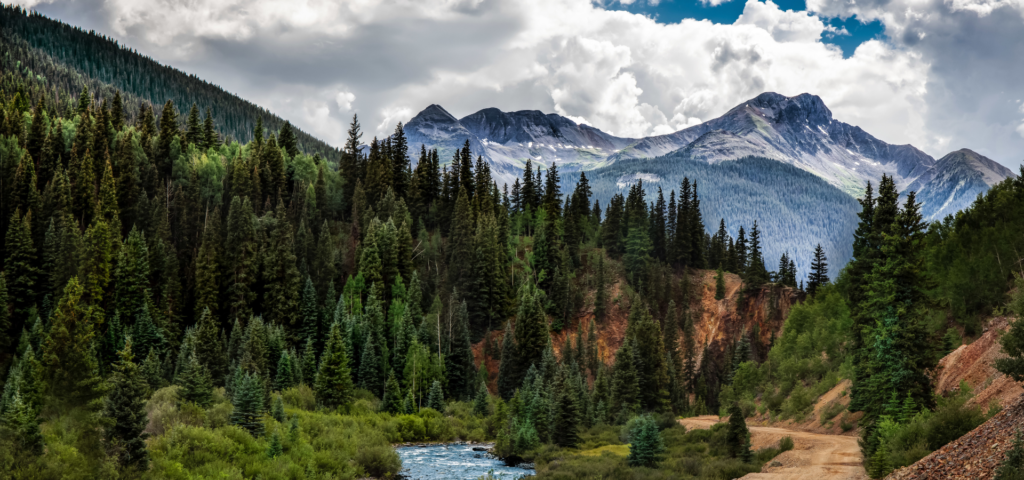
At 3,979 meters, Rohtang Pass is a major tourist spot located close to Manali and Kullu. It provides a panoramic view of the white-capped mountains and is the ideal spot for skiing, snowboarding, and other snow sports. Rohtang Pass serves as a link between Kullu Valley and Spiti and Leh.








